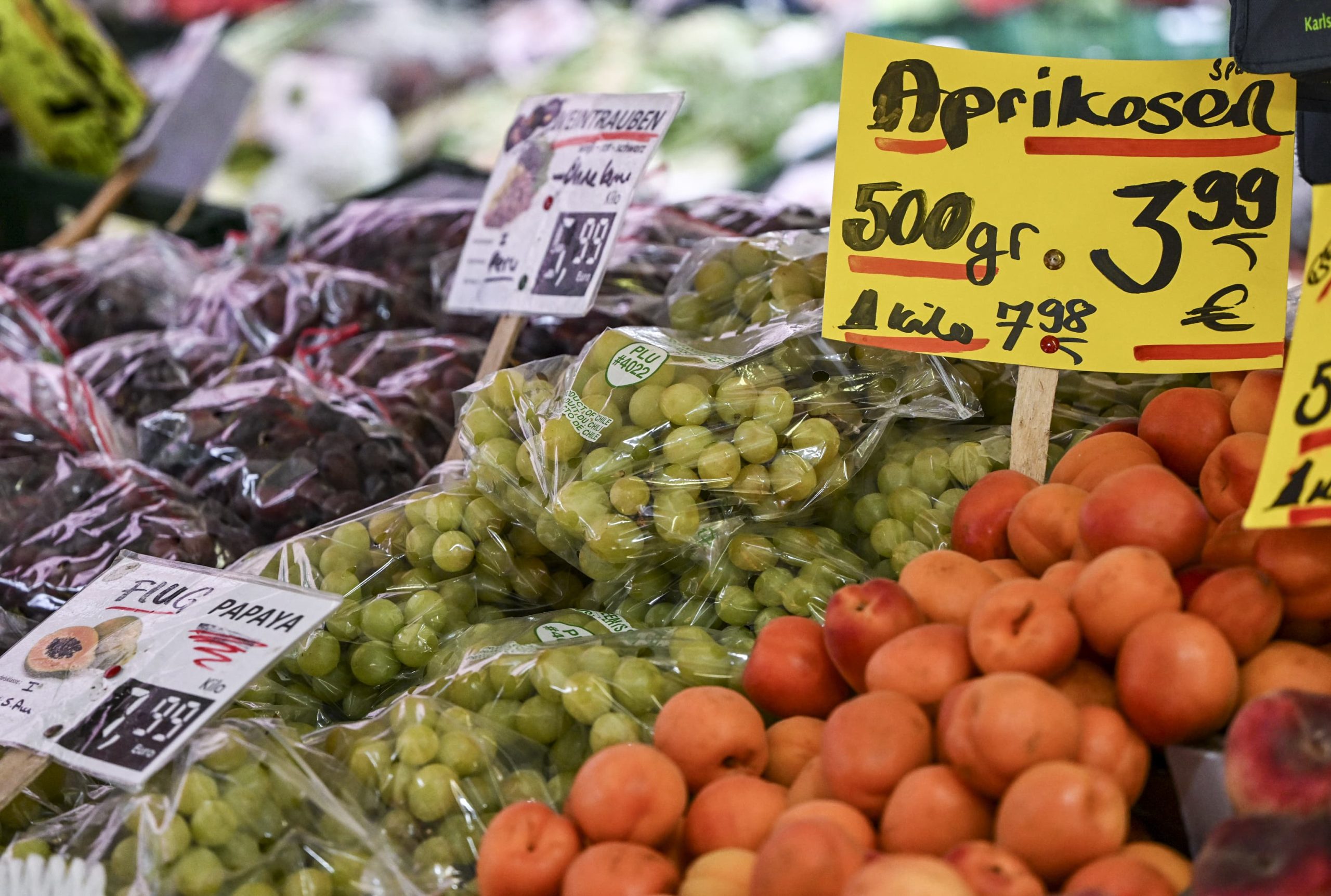
Germany’s inflation trend in 2025 paints a picture of cautious moderation amid lingering complexities, reflecting broader economic and policy challenges that the nation faces. After enduring a period of elevated inflation spikes, recent data indicates a slowdown, but this deceleration carries nuanced implications for Germany’s economy, including uneven regional effects, sector-specific influences, and the potential direction of monetary policy.
The headline inflation rate in May 2025 stood at 2.1%, slightly above many economists’ forecasts of around 2.0%, the European Central Bank’s (ECB) preferred benchmark. While this difference may seem marginal, it underscores the stubborn resilience of inflation even as it approaches the ECB’s target. April’s inflation rate was marginally higher at 2.2%, suggesting a modest easing rather than a dramatic decline. This shift marks significant progress compared to the sharp 5.9% inflation peak recorded in 2023; however, prices have yet to revert fully to pre-inflation norms. This delicate balance highlights Germany’s inflationary environment as one in transition—slowing but not quite stabilized.
Examining the landscape beneath the national headline reveals marked regional disparities. Bavaria, for example, displayed steady inflation at 2.1% in May, reflecting relatively stable pricing pressures. By contrast, Baden-Württemberg saw a modest decline from 2.4% in April to 2.2% in May, signaling a gentle easing of cost pressures. North Rhine-Westphalia also experienced noticeable inflation relief. These regional differences suggest that Germany’s inflation is shaped by a mosaic of local economic structures, consumer behavior, and perhaps factors like localized energy pricing or supply chain issues. The aggregate inflation number, while useful, conceals these regional subtleties, illustrating how inflation’s impact varies across Germany’s federal states and complicates uniform policy responses.
Looking at sector-specific contributors, energy prices remain a key driver influencing inflation’s trajectory. After historically volatile spikes, energy costs have settled lower, which has helped to moderate headline inflation. For instance, several months prior—February 2025—showed a 2.7% inflation rate, partly due to energy price shifts. Cheaper energy acts as a cushioning force on overall consumer prices, easing immediate inflationary pressures. However, a closer analysis of the Producer Price Index (PPI) reveals a more nuanced story. While the headline PPI has declined alongside energy price reductions, the core PPI—which excludes energy—continues to inch upward, indicating persistent cost pressures within other supply chains or sectors. This divergence might hint at underlying bottlenecks or inflationary momentum in raw materials and intermediate goods, raising concerns about potential future inflation flare-ups if these pressures are left unchecked.
Germany’s inflation developments have direct consequences for the stance of the European Central Bank’s monetary policy. As inflation gravitates near the 2% target around the middle of 2025, the argument for loosening interest rates gains traction. Market observers increasingly speculate about a possible interest rate cut as soon as September 2025, following a period characterized by prior tightening to combat high inflation. The easing headline inflation provides some breathing room for the ECB to adopt a more accommodative position that supports growth. This is particularly relevant given Germany’s economic outlook, which forecasts stagnation or a mild recovery after two years of contraction. However, the overall environment remains fragile. Factors such as global trade tensions—exemplified by ongoing U.S.-China negotiations—and uneven consumption patterns restrict the central bank’s capacity for aggressive easing, demanding a cautious calibration to balance growth objectives with price stability.
Financial markets have responded in kind to these unfolding dynamics. Despite persistent geopolitical risks and trade uncertainties, European stock markets have shown resilience, buoyed partly by optimism surrounding potential rate cuts. Nonetheless, investor sentiment is tempered by questions about whether the inflation moderation signals a sustainable economic turnaround or merely a temporary pause. This nuanced investor outlook mirrors the broader economic ambivalence embedded in inflation’s mixed signals and regional disparities, reinforcing the need for vigilance among policymakers and market participants alike.
In sum, Germany’s 2025 inflation narrative is one of moderation overshadowed by complexity. While price growth has slowed significantly from the frantic pace of 2023 and hovers close to the ECB’s inflation target, regional variations and sectoral distinctions remind us that the battle against inflation is far from won. Energy cost relief offers temporary respite, but core inflation trends warn of persistent pressures beneath the surface. The potential for monetary easing exists but is hedged by uncertainties stemming from both domestic and international challenges. Navigating this delicate terrain requires careful monitoring of inflation components and regional shifts to ensure sustainable price stability alongside economic growth—an intricate dance that Germany’s policymakers must continue to master in the face of evolving global and national headwinds.








